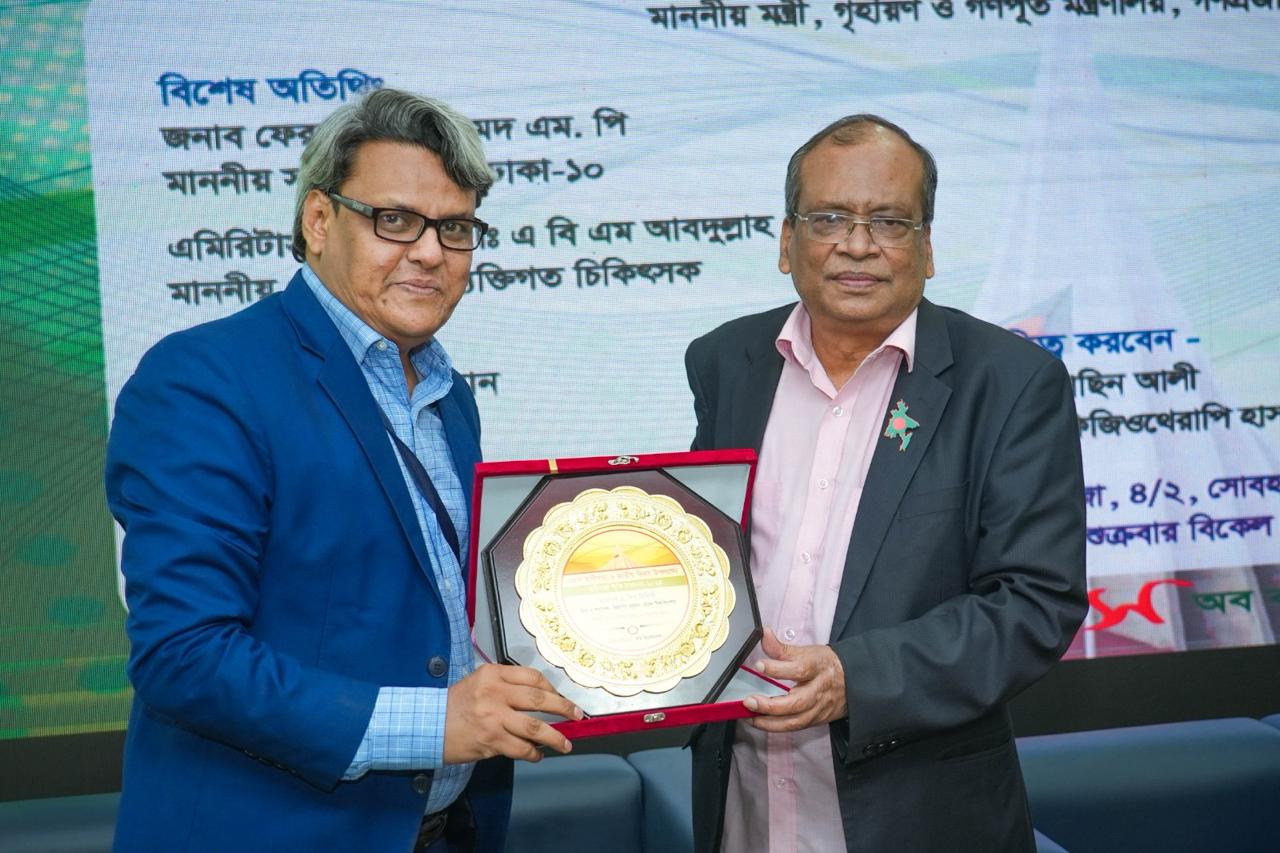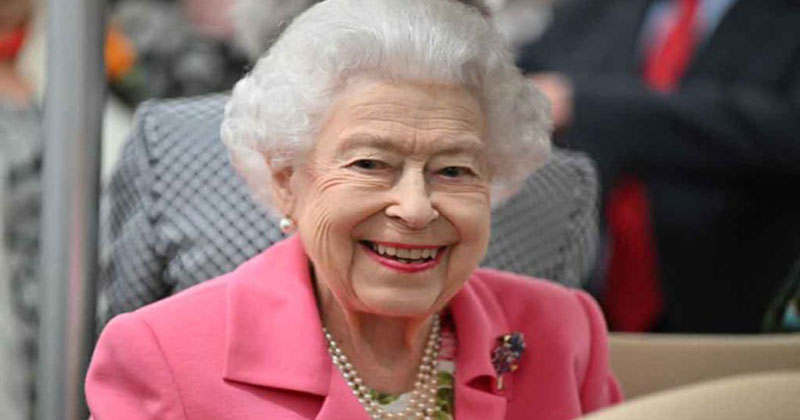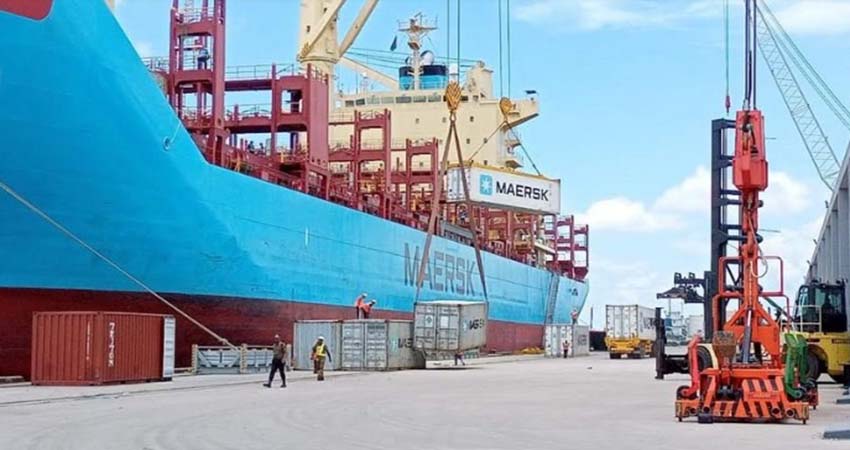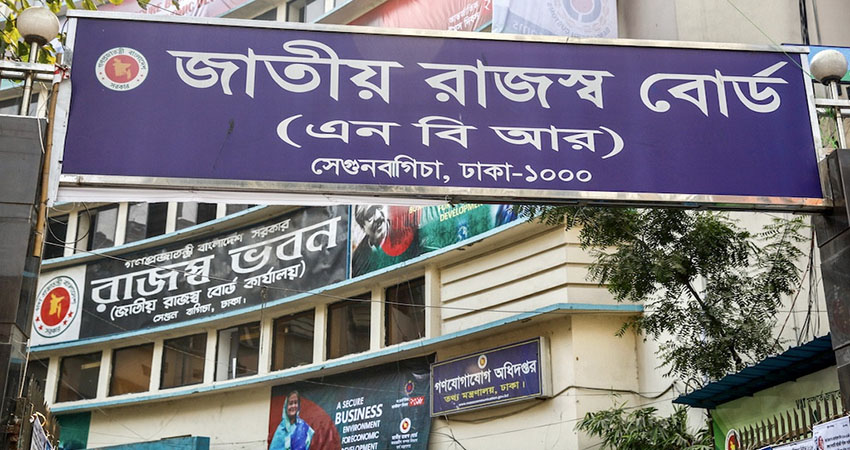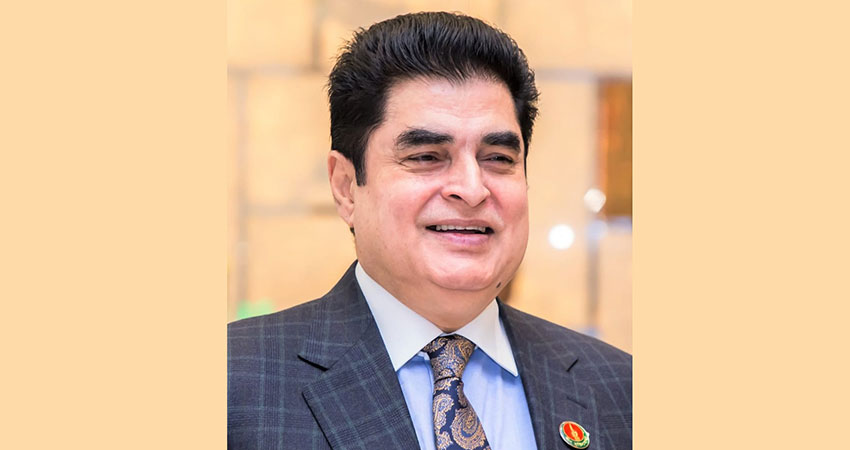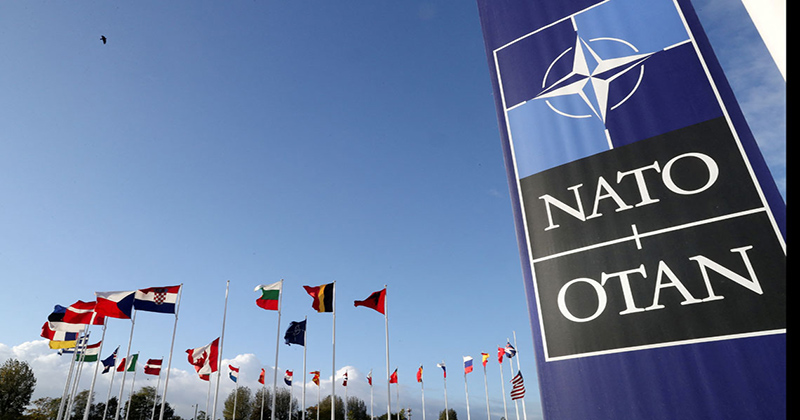Initially, the World Bank along with some international donors has a plan to finance in Padma Bridge project but stopped in a middle way in false allegations of corruption and kickback. Thereafter our Prime Minister boldly decided to construct the Padma Bridge from our own source and it was a big challenge and visionary leadership role to foil the international and local conspiracy. Now it seems to be clear and visible that the challenge was right and genuine. Bangladesh will be developed within 2035-40 and the completion of Padma Bridge is the first step and pillar of the economic foundation.
The length of the main Padma bridge is 6.15 km. The two-way flyover (viaduct) is 3.68 km. In all, the length of the bridge is 9.83 kilometers. The Padma Bridge project has cost of Tk 30,193 crore. The bridge has a total of 42 pillars, 41 spans, and six piles under each pillar. The work of the Padma Multipurpose Bridge is basically divided into five parts - construction of the main bridge, river governance, two connecting roads, and infrastructure (service area). More than a year and a half after the main construction work started in October 2017, the construction work of the last 42nd pillar was completed on November 27, 2020. After opening to traffic, it will be the longest and most expensive bridge in Bangladesh.
This Bridge will change not only the socioeconomic structure of southern parts of Bangladesh, it will also create positive impacts on the whole economy of our country. It will also connect the many countries of South and Southeast Asian countries and will contribute on communication, trade, industry, tourism and many other sectors in various ways. Overall, it will be the materialization of long waited for some dreams. On the other hand, it will be the parts of trans-asian railway and many cargo train will be run over it. It will also connect between the Dhaka Chottogram and Mongla Payra seaports. New dimension will be added in our national economy and it will contribute in growth and development of the country.
Economic growth and development of a country depends upon a good transport system and all economic activity recycle it. Agricultural products, raw materials and finished goods of industry depend on the easy transport system and it helps to low cost transfer and earns a reasonable market prices. For this, communication is called the pillar of economic development and definitely Padma Bridge will play the dominant role in this aspect.
This Bridge will change the economic activity of southern districts and employment opportunities will be created significantly in those areas. One side of the bridge is Mawa of Munshiganj and other side is Jajira of Shariatpur and both sides are important for tourism, industry and housing facilities. Southern districts will be the prime source of production and raw materials supply and many labor force will be deployed againt it and it will create new opportunity for our economy.
The main obstacle between the Dhaka and northern parts was the Jamuna River which was the bar of everyday affairs of those people and lastly whenever the Bangabandhu Bridge has been accomplished, then the economic scenario of the northern peoples are changing rapidly. They are being benefited in various ways- employment generation, industrialization, raw materials quick procurement, poverty reduction and everything was changed in positively.
The cost of the Bangabandhu Bridge has already been recovered, total cost of the bridge was Tk. 37.35 billion and Tk. 50.36 billion was recovered from July 1, 1997 to June 2019, i.e. within 21 years and initially it was a plan to recover the same within 25 years but recovered before the target plan. Now it is contributing our economy progressively and it is to be expected from the Padma Bridge in the same way.
A combined transport system will be established based on Padma Bridge. The southern parts is already being developed in agriculture since long and after the Padma Bridge open, the raw materials will be reached in Dhaka and other parts easily. It will be reflected in the whole economy, direct network will be connected in Payra, Mongla, chottogram seaports and other land ports. Generally 12 percent rate of return in investment is considered as good and after the Padma Bridge, the rate of return will be 19 percent which is very much viable for all types of investment. The Padma Bridge will contribute in agriculture, industry, economy, education, trade in every sector positively.
The Padma Bridge will improve the communication system between Dhaka and Kuakata, as a result, many tourists will visit at Kuakata, Sunderban and its surrounding area and a strong communication network will be built up in the surrounding area's small islands, like Maldives. After the start of Padma Bridge, the tourists will reach Kuakata and Sunderban, much less time than the Cox'sbazar and then the potential of tourists in southern parts will be increased manyfolds. If the Payra Port is fully being started, then many industry will be set up in its surrounding area and then many employment opportunities will be created and definitely life style of this area will be changed dramatically. Already many local and foreign potential investors are purchasing land beside Payra Port in order to set up new industry.
New mega city will be built up on both side of Padma Bridge like Singapore and Shanghai of China. Many housing projects have already been initiated and long term plan is needed from government initiative to set up the same in a well planned but organised way. It has a good potential of hotel, motel and many tourist spot for amusement. Industrial project can be procured through long term plan, airport and administrative capital can be established to reduce the population pressure on Dhaka City. Padma Bridge will be the focus point of Asian and Southeast Asian communication system.
If the bridge is started, then it will contribute 1.20 percent in the national GDP and in the same time, the poverty will reduce 0.84 percent. It will change the socioeconomic life of more than 60 million peoples of southern 21 districts. Once it has touched extreme poverty (locally called monga) in the northern parts of Bangladesh and economist said it has reduced the poor and ultra poor people significantly after the Bangabandhu Multipurpose Bridge on Jamuna River. Similarly southern parts of Bangladesh is lagging behind the industry since long and the Padma Bridge has opened the new potential of industry in this region. Then the extreme poverty of the southern parts will be reduced significantly and they will be benefited in various ways.
The Padma Bridge is being seen as a role model for development for 21 districts in the south-west. A number of economic zones, tourism and eco-parks are already being planned in the south-west of the country around the Bridge. It will connect major regional and sub-regional passenger and trade routes. Communication with Mongla and Payra ports will be easier. One of the major foreign exchange earning sectors of the country is the frozen fisheries and jute industry, most of which are exported from Khulna. Through this bridge, this income will increase to a greater extent. Besides, economic activities have started on both the banks of the Padma. Industries are being formed. All mega projects are being implemented. Tourism also shows immense potential. All in all, this bridge will serve as a solid foundation of the economy. In the case of Bangladesh being a developed country in 2035-40, this bridge will undoubtedly play a strong role. In fact, the future of Bangladesh will revolve around this bridge of dreams. The golden dream is no longer a fantasy, but a visible real image. Many dreams are coming true. Surely this bridge will strong the economic foundation and open new horizons of economic success.
Writer: Banker and Columnist


